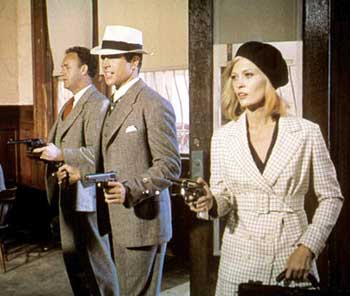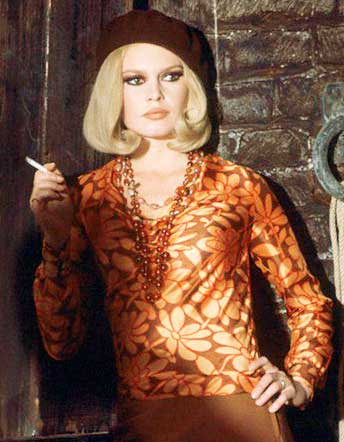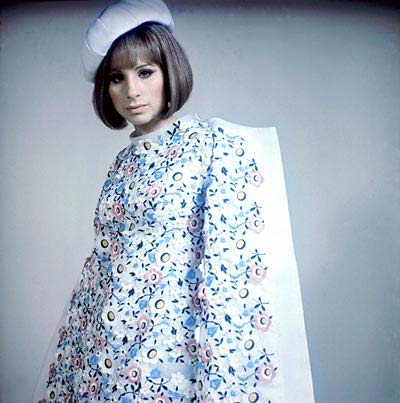Where The Style Came From
1967 marked a complex era. Demographically, educated youth were becoming the larger part of movie audiences and producers noticed their attraction to films that displayed reality over the bland superficialities hallmarked by previous generation. Bonnie & Clyde broke the mold of what could be shown in films. Graphic scenes of violence and blood were on vivid display while open discussions of sexual impotency and small details of commonplace minutae helped make this film seem real. The characters were fighting to step away from the mundane while having to accept a world made dull by sameness; they did so by breaking the rules, and this was a metaphor that spoke loudly to a younger generation of viewers. Bonnie & Clyde became an emblem for change which is so much of what this era was about.


Retro Before There Was Retro
Fashion too grew out of this film, and like the turn toward ethnic influences drawn from films like Dr. Zhivago, time became an inspiration to designers. With Bonnie & Clyde, a brief stint of 1930s revivalism was seen in the fashion choices presented. Most noticeably, berets, scarves, coatdresses, dropped waists, fitted sweaters and pencil skirts came forward as alternatives to the mini skirts and peasant tops being donned by the young, not necessarily a flattering look on fashion-conscious older women. The pageboy haircut was also sported by women enchanted with Faye Dunaway’s look in this particular film. (Read more in Bit Parts).

A Bigger Effect
But more than the clothes, an attitude was found, and rebellion became the theme for many women. Breaking the rules while playing in the arena of the 1930s Bonnie Parker character, women went braless under those short-sleeved knit sweaters, and we see in this the undercurrent makings of revolution that helped foster something bigger, namely the women’s rights movement.
Top to bottom:
Faye Dunaway wears the signature beret and scarf as well as a patterned trench for her role in Bonnie & Clyde (1967); the look caught on quickly, as can be seen here with the clothing and hair worn by Bridget Bardot and Barbra Streisand in 1968.

